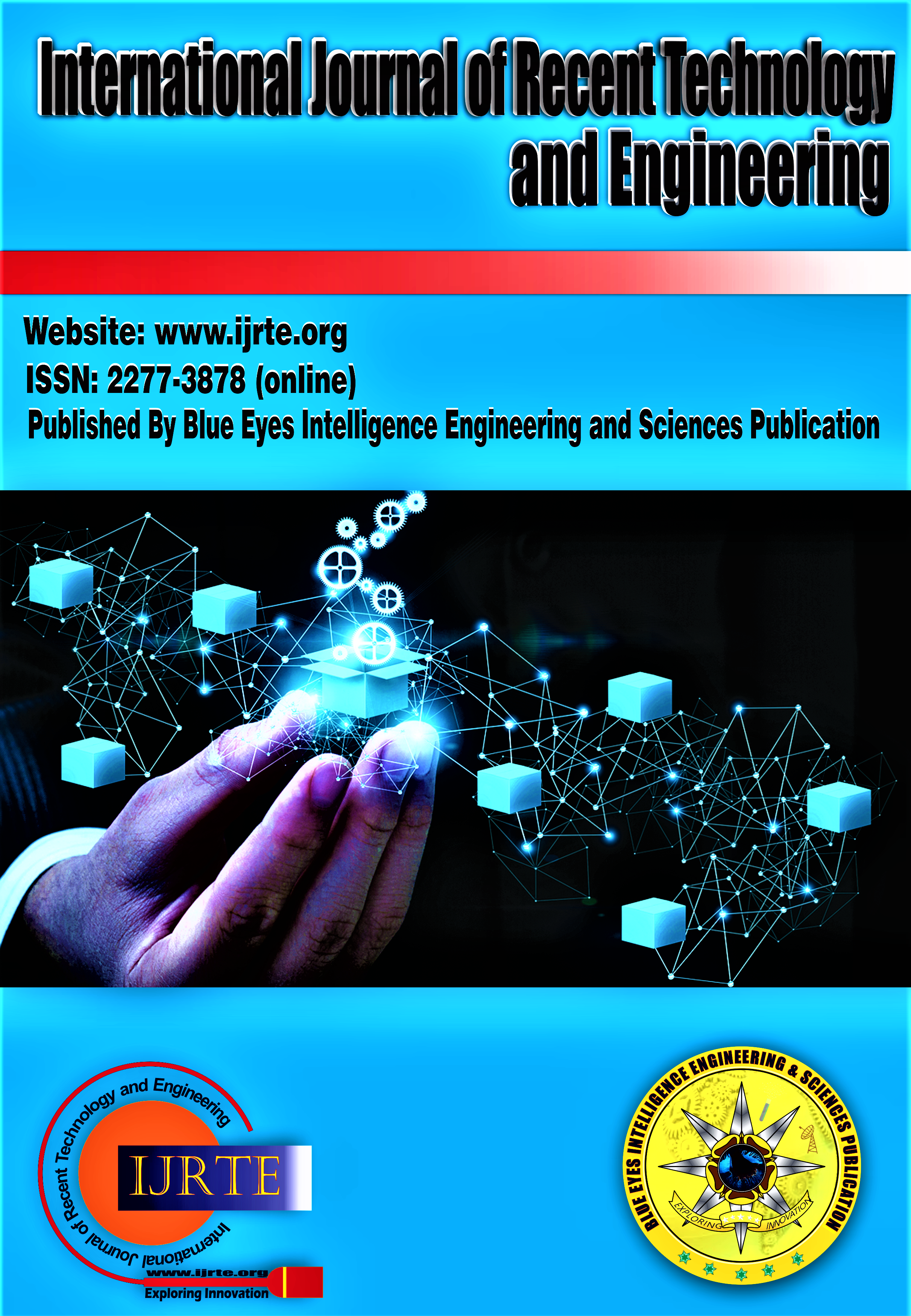Estimating Tidal Sea levels along the Central Coast of the Western Arabian Gulf using Machine Learning Algorithms (MLAs)
Main Article Content
Abstract
Precise tidal forecasting is an academic exercise and a crucial tool for designing and constructing coastal and marine infrastructure. Machine learning algorithms (MLAs) like Random Forest Regression (RF), K-Nearest Neighbors Regression (KN), Gradient Boosting Machines (GBM), and artificial neural networks (ANNs) are powerful data-driven techniques that can be harnessed for this practical purpose. This study utilizes four machine learning algorithms (MLAs), namely (RF), (KN), (GBM), and the Artificial Neural Network - Multilayer Perceptron (ANN-MLP) model, to accurately estimate the tidal levels along the central coast of the western Arabian Gulf, with direct implications for real-world infrastructure planning and construction. Several metrics, such as mean absolute error (MAE), mean squared error (MSE), normalized mean square error (NMSE), mean absolute percentage error (MAPE), correlation coefficient (R), and root mean square error (RMSE), are used to compare how well the MLAs forecast daily tidal levels. The results confirmed the ANN-MLP model's superiority over the other approaches. The ANN-MLP model, a specific type of artificial neural network, yields enhancements in (RMSE) of 8.945% and 19.05%, 14.18% compared to (RF), (KN), and (GBM), respectively, throughout the testing process. The ANN-MLP, being a powerful and versatile machine learning algorithm, demonstrated the best level of accuracy, together with the lowest values for (RMSE). This experiment unequivocally proves that the ANN-MLP method can be utilized as a supervised machine-learning method for accurately forecasting seawater levels of tidal.
Downloads
Article Details
Section

This work is licensed under a Creative Commons Attribution-NonCommercial-NoDerivatives 4.0 International License.
How to Cite
References
Shu J.J., Prediction and Analysis of Tides and Tidal currents. The International hydrographic review, 4, 2, 2003.
Ha, N.T.; Manley-Harris, M.; Pham, T.D.; Hawes, I. A Comparative Assessment of Ensemble-Based Machine Learning and Maximum Likelihood Methods for Mapping Seagrass Using Sentinel-2 Imagery in Tauranga Harbor, New Zealand, Remote Sens., 2020, 12, 3, 1-16. https://doi.org/10.3390/rs12030355
Haykin S., Neural networks: A Comprehensive Foundation, 1994, Prentice Hall PTR.
Vaziri M., Predicting Caspian Sea Surface Water Level by ANN and ARIMA Models, Journal of waterway, port, coastal, and ocean engineering, 123, 4, 1997, 158-162. https://doi.org/10.1061/(ASCE)0733-950X(1997)123:4(158)
Liu, J.; Shi, G.; Zhu, K. High-Precision Combined Tidal Forecasting Model. Algorithms, 12, 3, 2019, pp.1-17. https://doi.org/10.3390/a12030065
Tsai C.P., and Lee T.L., Back-Propagation Neural Network in Tidal-Level Forecasting, Journal of Waterway, Port, Coastal, and Ocean Engineering, 125, 4, 1999, 195-202. https://doi.org/10.1061/(ASCE)0733-950X(1999)125:4(195)
Rodriguez-Galiano, V., Sanchez-Castillo, M., Chica-Olmo, M., & Chica-Rivas, M., Machine learning predictive models for mineral prospectivity: An evaluation of neural networks, random forest, regression trees, and support vector machines, Ore Geology Reviews, 71,2015, 804-818. https://doi.org/10.1016/j.oregeorev.2015.01.001
Steidley C., Sadovski A., Tissot P., Bachnak R., and Bowles Z, Using an Artificial Neural Network to Improve Predictions of Water Levels Where Tide Charts Fail, in International Conference on Industrial, Engineering and Other Applications of Applied Intelligent Systems, 2005. https://doi.org/10.1007/11504894_83
Alshahri, Fatimh, et al. "Investigation of Natural Radioactivity Levels and Evaluation of Radiation Hazards in Residential-Area Soil Near a Ras Tanura Refinery, Saudi Arabia." Polish Journal of Environmental Studies, 28, 1, 2019. https://doi.org/10.15244/pjoes/83611
Pashova L., and Popova S., Daily Sea Level Forecast at Tide Gauge Burgas, Bulgaria Using Artificial Neural Networks, Journal of sea research, 66, 2, 2011,.154-161. https://doi.org/10.1016/j.seares.2011.05.012
Breiman L., Random Forests, Machine Learning, 45, 1,2001,.5–32. https://doi.org/10.1023/A:1010933404324
Fix, Evelyn; Hodges, Joseph L., Discriminatory Analysis. Nonparametric Discrimination: Consistency Properties (Report). USAF School of Aviation Medicine, Randolph Field, Texas. 1951. https://doi.org/10.1037/e471672008-001
T. Cover and P. Hart, Nearest neighbor pattern classification, IEEE Transactions on Information Theory, 13, 1, 1967, 21-27. https://doi.org/10.1109/TIT.1967.1053964
Kumar, P., & Rawat, S. (2019). Implementing Convolutional Neural Networks for Simple Image Classification. In International Journal of Engineering and Advanced Technology (Vol. 9, Issue 2, pp. 3616–3619). https://doi.org/10.35940/ijeat.b3279.129219
Reddy, M. V. K., & Pradeep, Dr. S. (2021). Envision Foundational of Convolution Neural Network. In International Journal of Innovative Technology and Exploring Engineering (Vol. 10, Issue 6, pp. 54–60). https://doi.org/10.35940/ijitee.f8804.0410621
B, Mr. K., Balasaran, M., Vishwanath, K. G., SK, R., & Samuel, B. J. (2020). A Dynamic Multi Label Image Classification based on Recurrent Neural Networks. In International Journal of Recent Technology and Engineering (IJRTE) (Vol. 8, Issue 6, pp. 5093–5096). https://doi.org/10.35940/ijrte.f9817.038620
Konduri, R. R., Roopavathi, N., Lakshmi, B. V., & Chaitanya, P. V. K. (2024). Mitigating Peak Sidelobe Levels in Pulse Compression Radar using Artificial Neural Networks. In Indian Journal of Artificial Intelligence and Neural Networking (Vol. 3, Issue 6, pp. 12–20). https://doi.org/10.54105/ijainn.f9517.03061023
Sharma, D., & Sharma, Dr. P. (2021). Design and Implementation of Rainfall Prediction Model using Supervised Machine Learning Data Mining Techniques. In Indian Journal of Data Mining (Vol. 1, Issue 2, pp. 20–26). https://doi.org/10.54105/ijdm.b1615.111221





